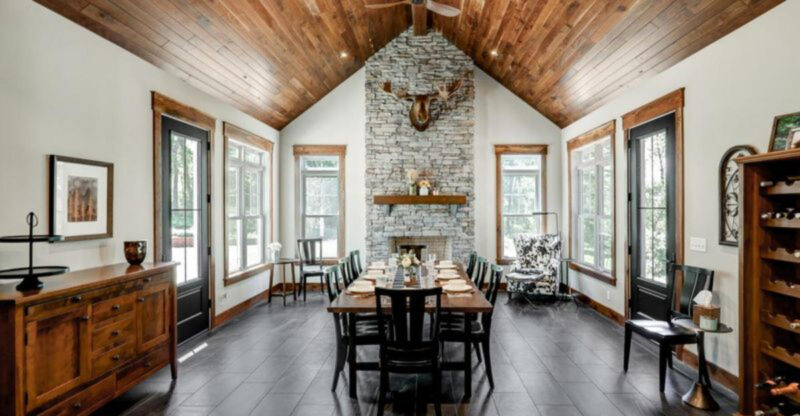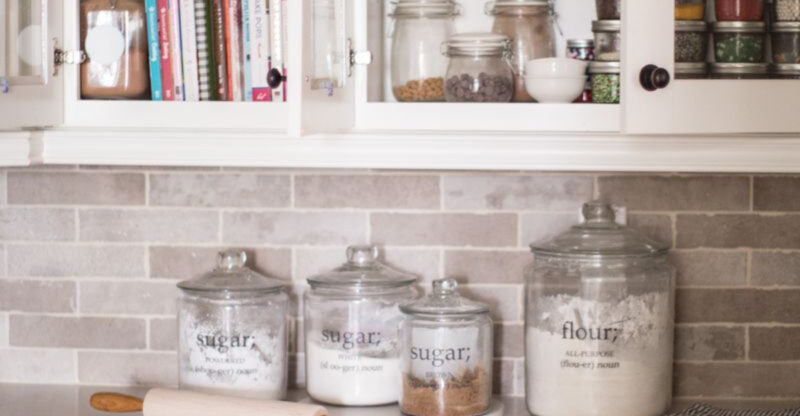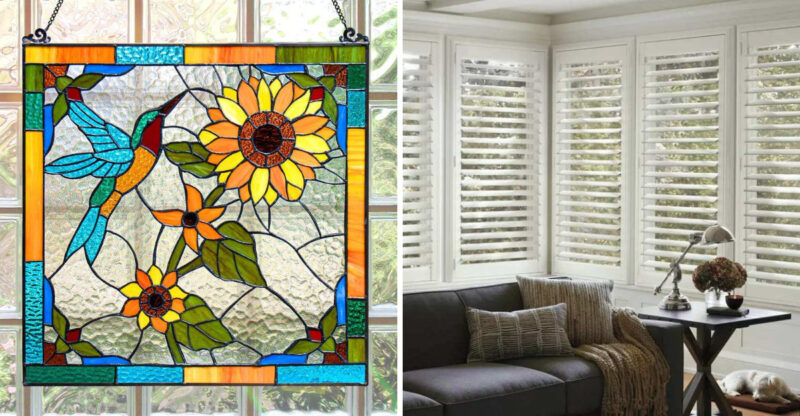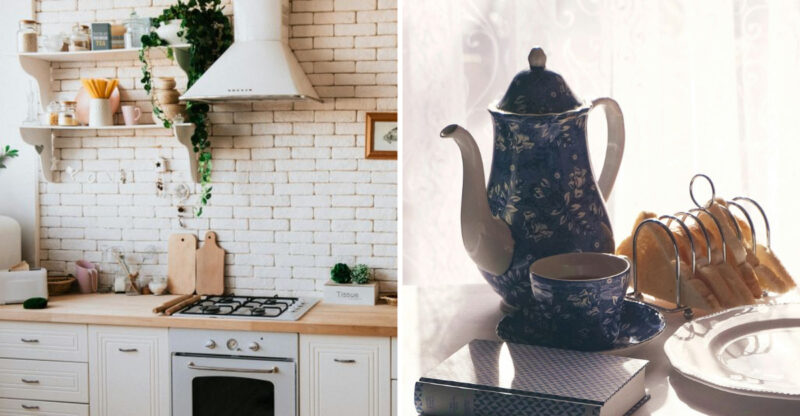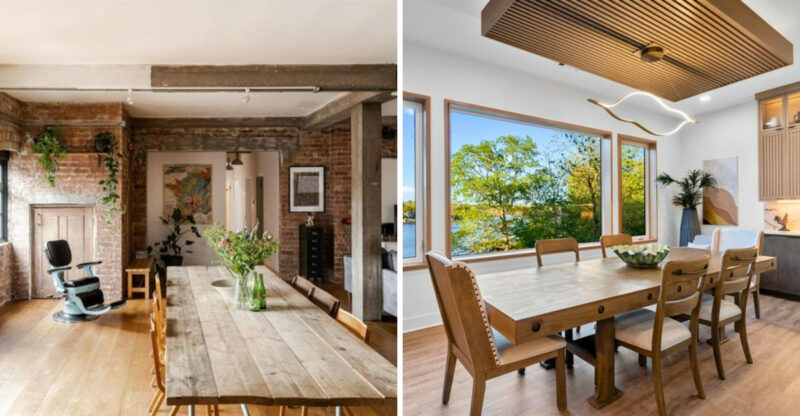12 Interior Design Fundamentals For Creating Lasting Style

Ever walked into a room and instantly felt at ease without quite knowing why? That’s the power of thoughtful design at work.
These interior design fundamentals provide a framework for creating spaces that are both functional and visually timeless. From balancing color and texture to arranging furniture for flow, these principles can guide you through any style or budget.
This list is based on widely recognized design concepts and common best practices, not strict rules or one-size-fits-all solutions. Individual preferences, home layouts, and lifestyle needs may influence how each principle is applied.
1. Balance Your Elements
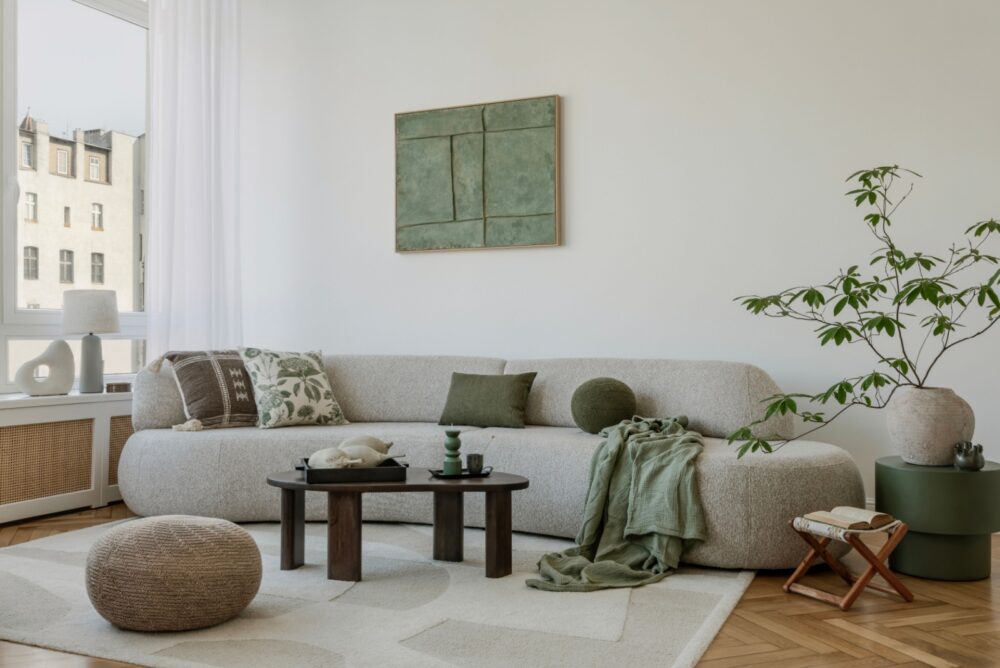
Ever walked into a room that just feels right? That’s balance at work! Creating visual equilibrium distributes the visual weight of your furniture, colors, and textures evenly throughout a space.
Balance doesn’t mean everything must be symmetrical. I love playing with asymmetrical arrangements that still feel harmonious. Try placing a large sofa on one side of the room with two smaller chairs on the opposite side for that perfect equilibrium.
2. Find Your Focal Point
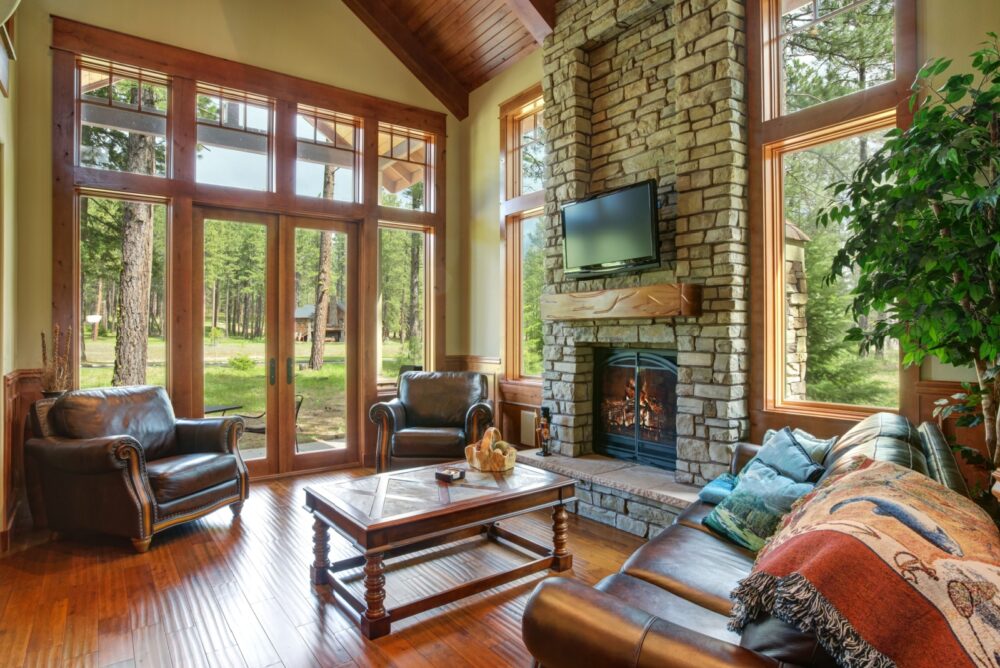
Where do your eyes naturally land when entering a room? Every well-designed space needs that magnetic spot that draws attention and anchors the entire room.
Focal points give purpose to your arrangement decisions. A stunning fireplace, an eye-catching piece of art, or even a dramatic window view can serve as your room’s star. Once you’ve identified it, arrange furniture to complement rather than compete with your focal point.
3. Master The Rule Of Three
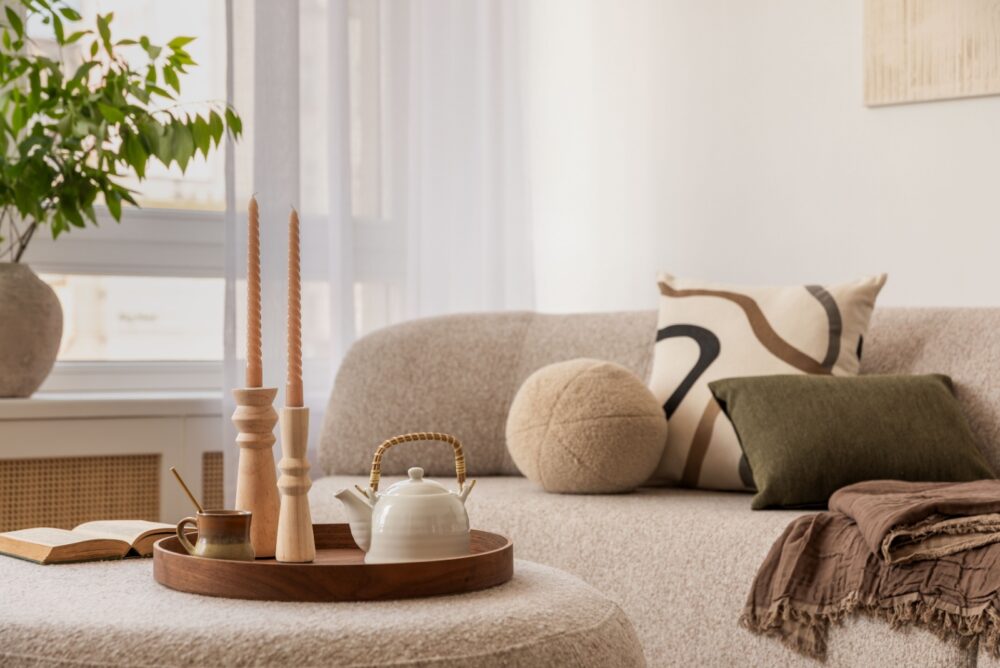
Did you know our brains find groups of three inherently pleasing? This simple numerical trick creates visual interest while maintaining order in your spaces.
The rule of three applies everywhere, from styling your coffee table to arranging wall art. Group three candles of varying heights, display three coordinating throw pillows, or hang three complementary artworks. This approach feels intentional rather than cluttered or sparse.
4. Play With Proportions
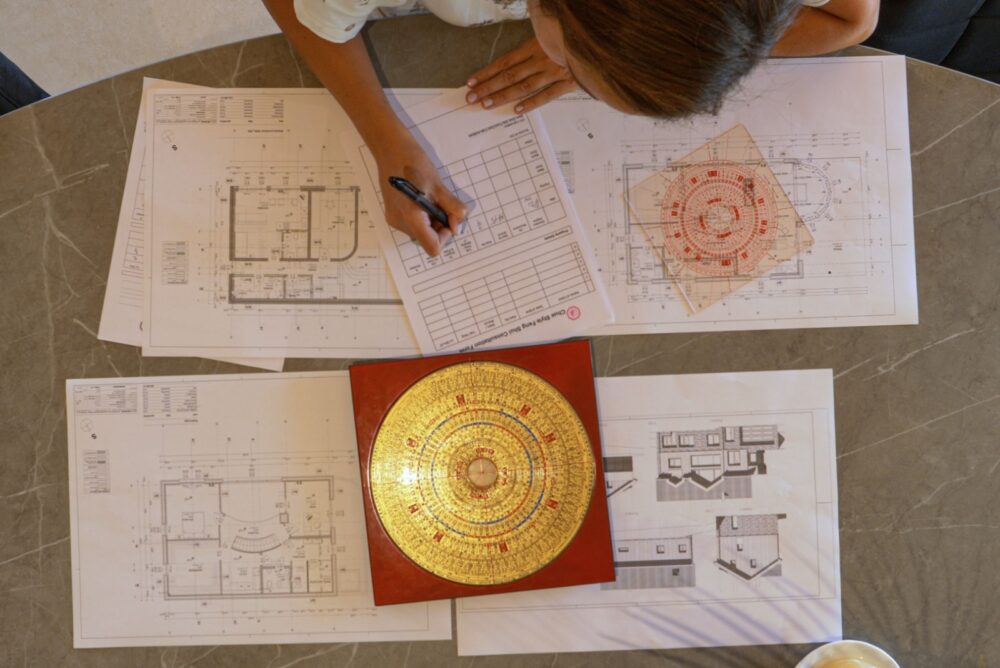
How frustrating is it when furniture feels oddly sized for a room? Proper proportion ensures everything fits together like a perfect puzzle.
Scale matters tremendously in creating comfortable spaces. A massive sectional will overwhelm a tiny apartment, while dainty chairs look ridiculous in a grand room.
I always measure before purchasing and create floor plans to visualize how pieces will work together before committing.
5. Layer Your Lighting
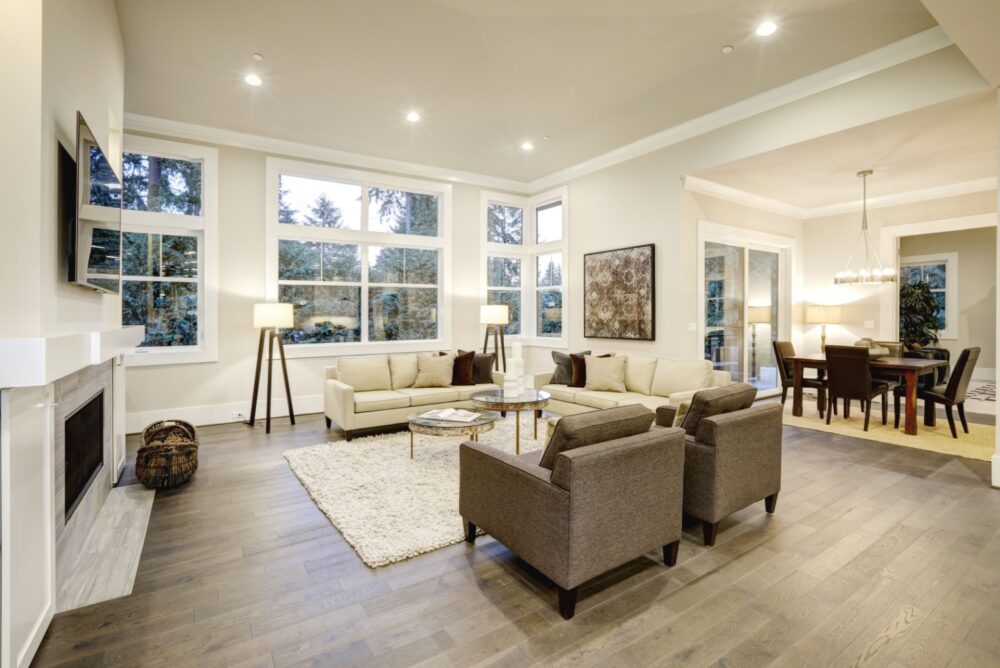
Though often overlooked, lighting might be the most powerful tool in my design arsenal! A well-lit room combines ambient, task, and accent lighting to create depth and functionality.
Ambient lighting provides overall illumination, task lighting helps with specific activities, and accent lighting highlights architectural features or art. Mix overhead fixtures with floor lamps, table lamps, and wall sconces at various heights for a rich, layered effect that transforms your space as daylight changes.
6. Create A Cohesive Color Story
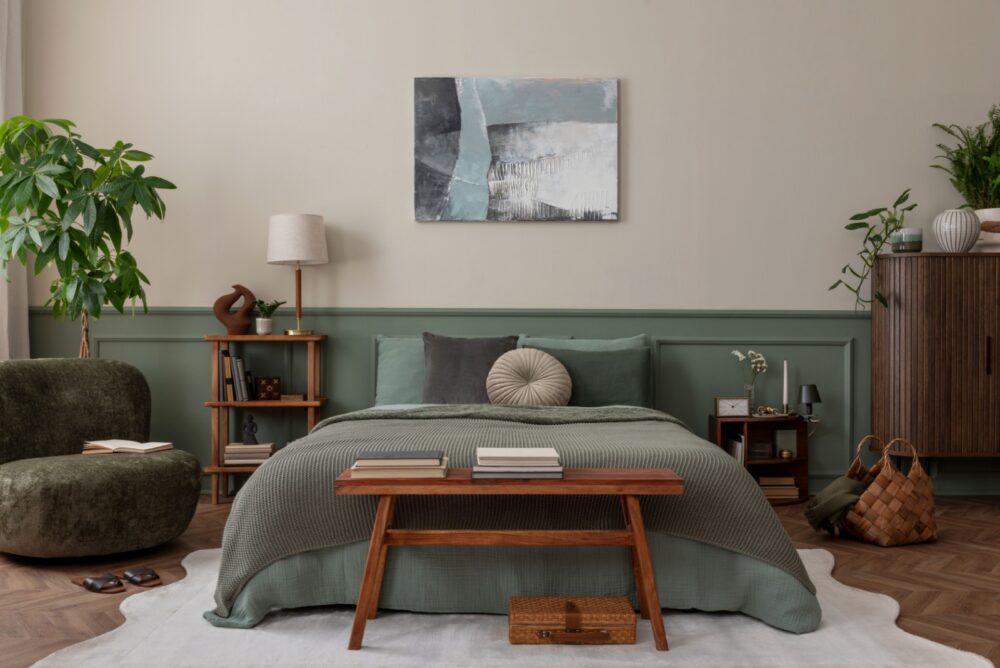
Are you stuck with a rainbow of unrelated hues? A thoughtful color palette ties everything together and establishes the emotional foundation of your space.
Color stories should flow naturally from room to room. I recommend starting with a neutral base and adding 2-3 accent colors that repeat throughout your home.
This approach allows you to switch accessories seasonally while maintaining visual harmony.
7. Mix Textures Thoughtfully
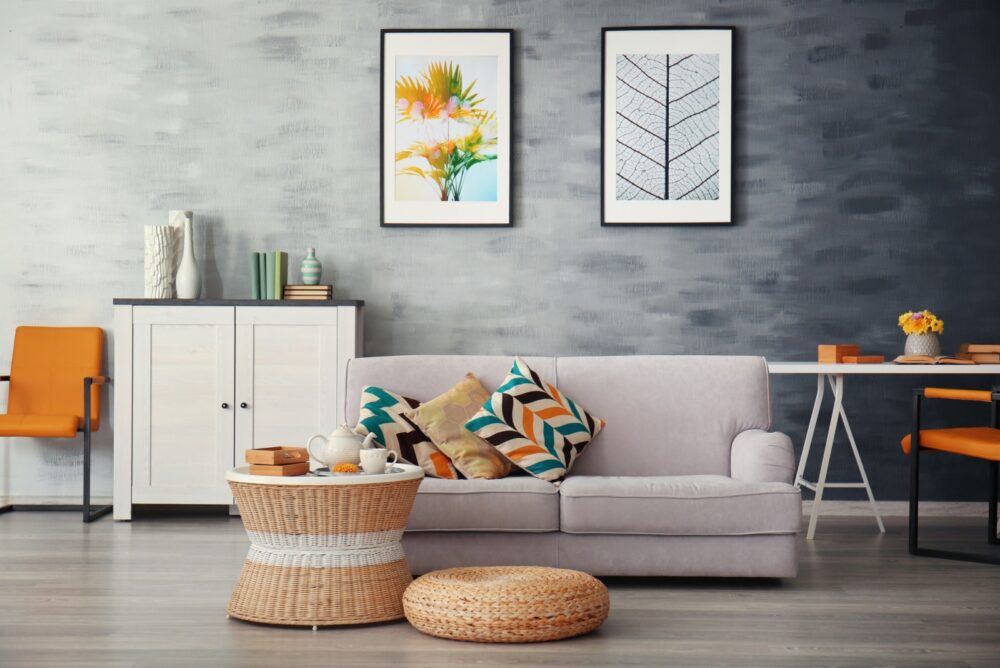
If you’ve ever wondered why some rooms feel flat despite beautiful furniture, texture might be the missing ingredient! Tactile variety adds dimension and prevents spaces from feeling one-dimensional.
Texture creates visual interest even within monochromatic schemes. Combine smooth leather with nubby linen, sleek glass with rough wood, or shiny metals with matte ceramics. These contrasts create depth that makes even simple spaces feel rich and inviting.
8. Honor Negative Space
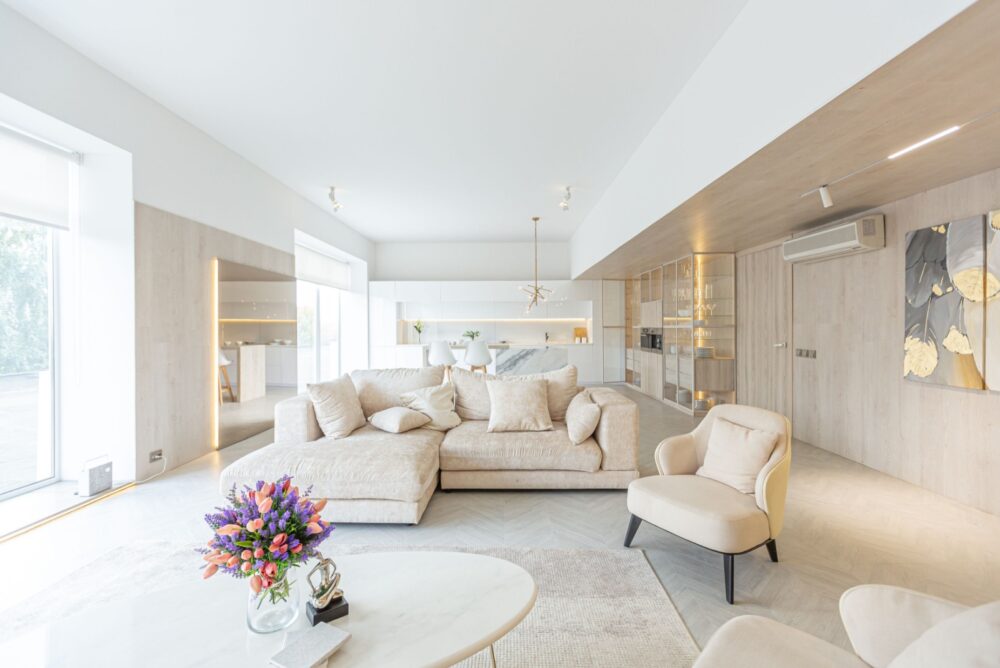
Where many go wrong is filling every inch with stuff! Emptiness is actually crucial in good design, it gives your eyes places to rest and helps important elements stand out.
Negative space (the empty areas) creates breathing room that prevents visual overwhelm. I always leave some walls blank, some tabletops clear, and some floor space open. This restraint makes the pieces you do include feel more purposeful and significant.
9. Incorporate Personal Elements
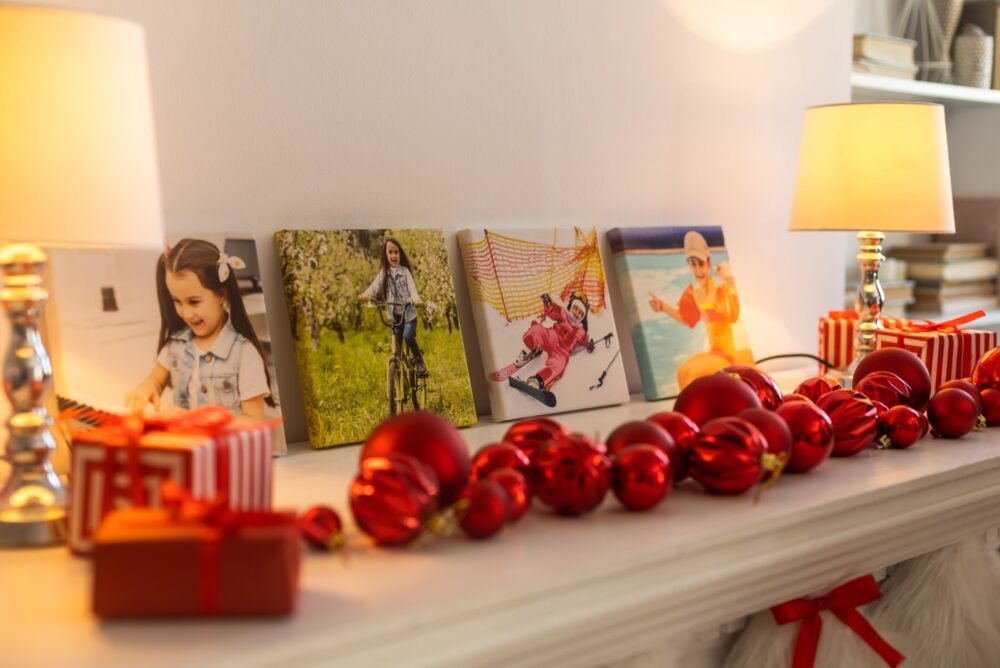
What separates a showroom from a home? Personal touches! Your space should tell your unique story through meaningful objects and choices.
Personal elements transform generic spaces into homes filled with character. Display travel souvenirs, family photographs, or inherited pieces that carry memories.
This way, you’ll create conversation starters and ensure your home feels authentically yours rather than copied from a catalog.
10. Follow Functional Flow
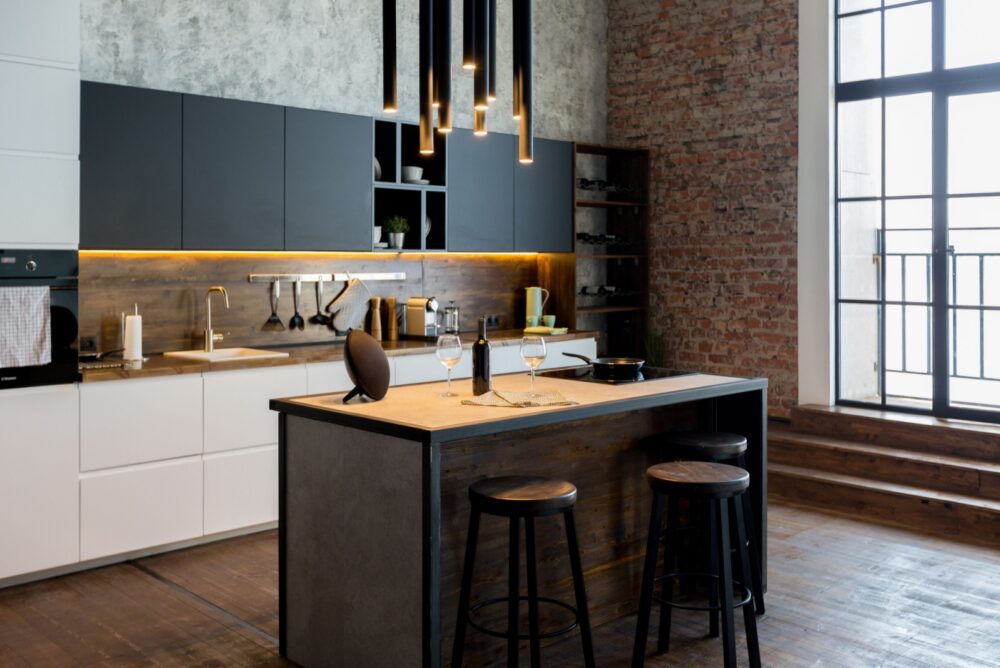
How annoying is it when you have to zigzag around furniture to cross a room? Thoughtful traffic patterns ensure spaces work for real life, not just for photos.
Functional flow means creating logical pathways through rooms. I always leave at least 30 inches for major walkways and consider how people naturally move through spaces.
Furniture should never block doorways or create awkward obstacles that disrupt daily activities.
11. Build Around Quality Foundations
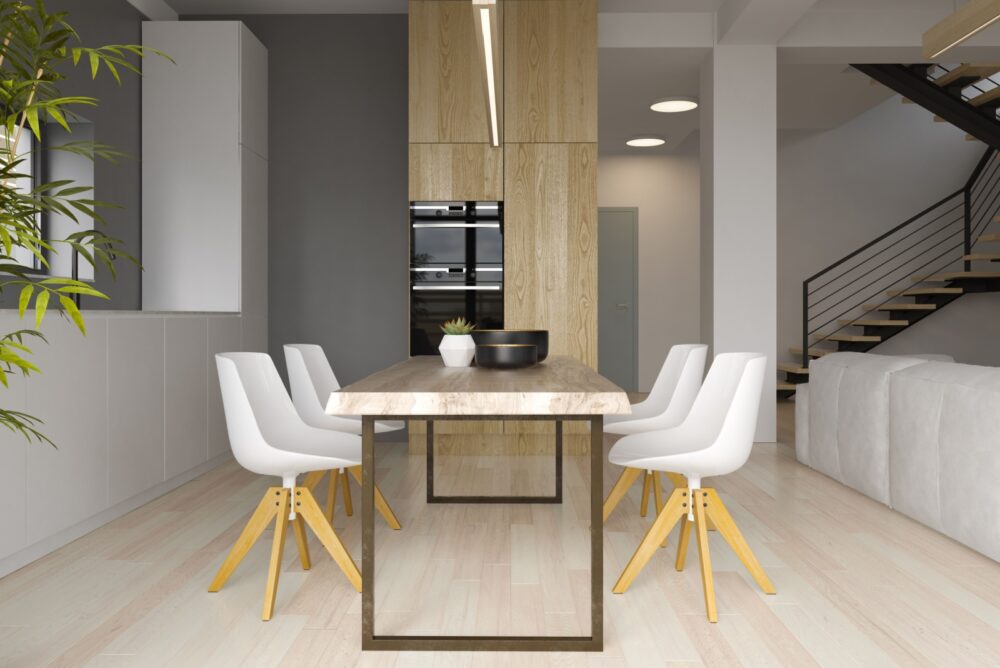
Where should you splurge versus save? Investing in high-quality, timeless foundation pieces pays dividends over cheap trendy items that quickly deteriorate.
Quality foundations include well-made sofas, beds, dining tables, and storage pieces that anchor your rooms. These investment pieces can survive multiple style evolutions when you choose classic forms and neutral upholstery.
Save on easily changeable accessories that satisfy trend cravings without major commitment.
12. Edit Ruthlessly
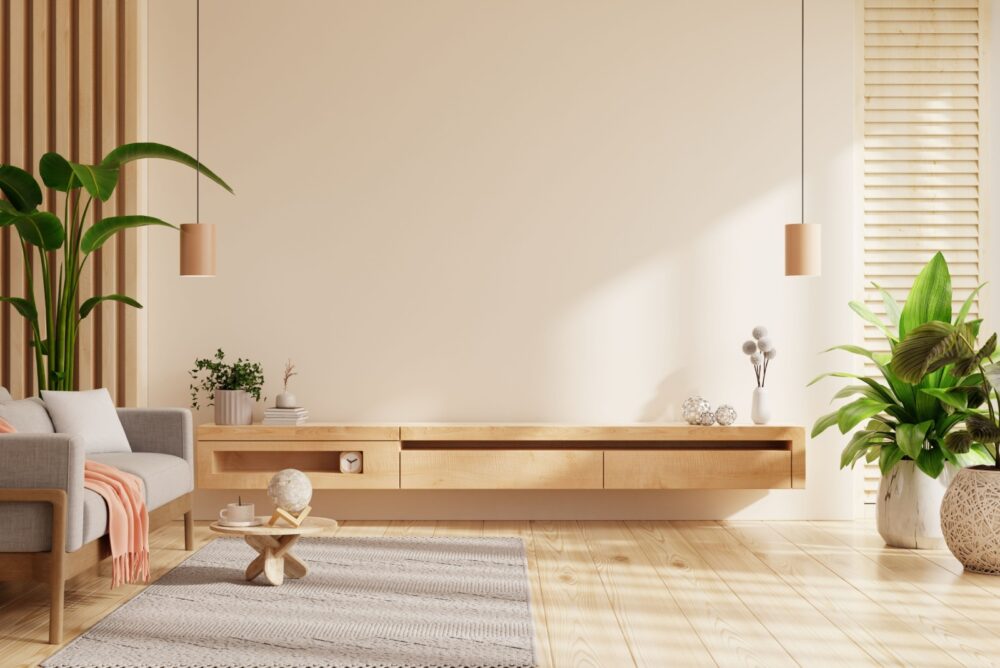
When does collecting become cluttering? The most sophisticated spaces result from careful editing, knowing what to include and what to leave out.
Ruthless editing means regularly assessing what deserves space in your home. I advise clients to remove items that no longer serve a purpose or bring joy.
This ongoing curation prevents accumulation that dilutes your design vision and makes spaces feel chaotic rather than intentional.

